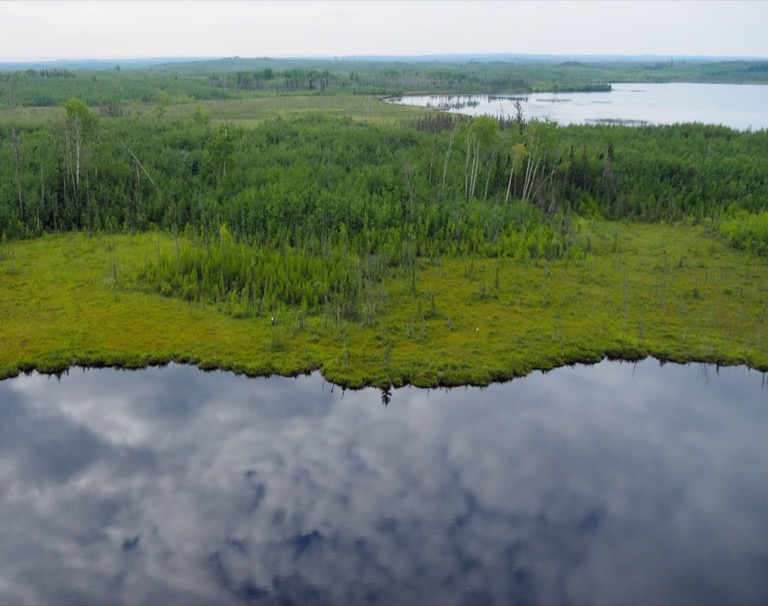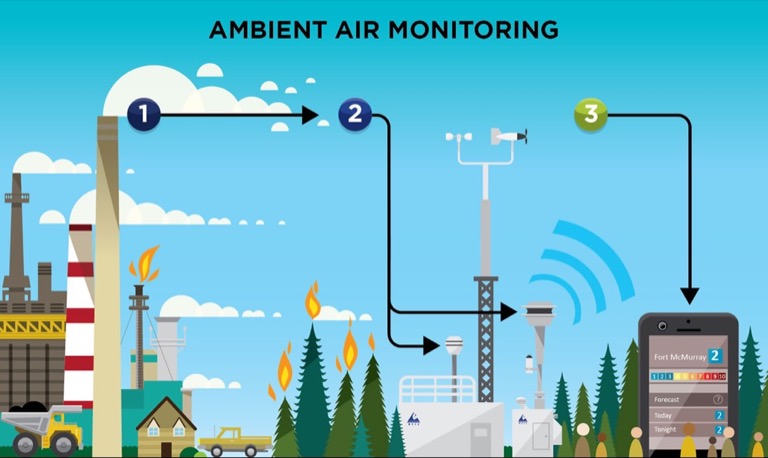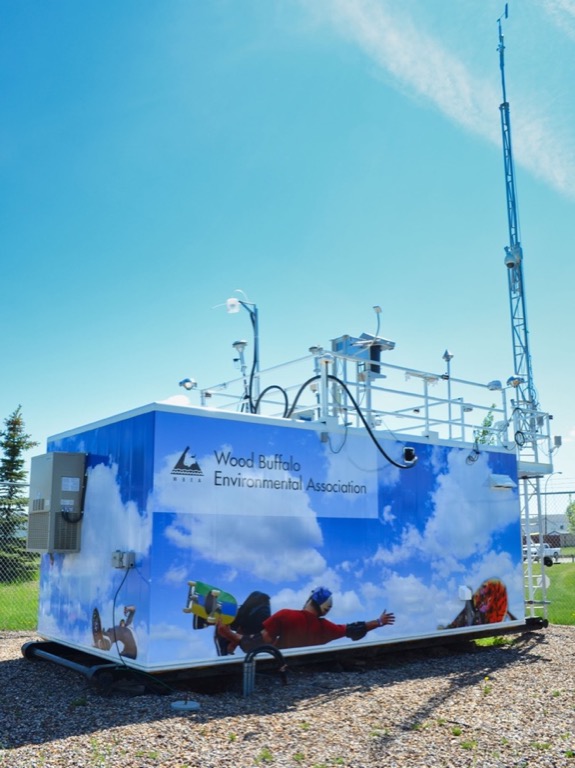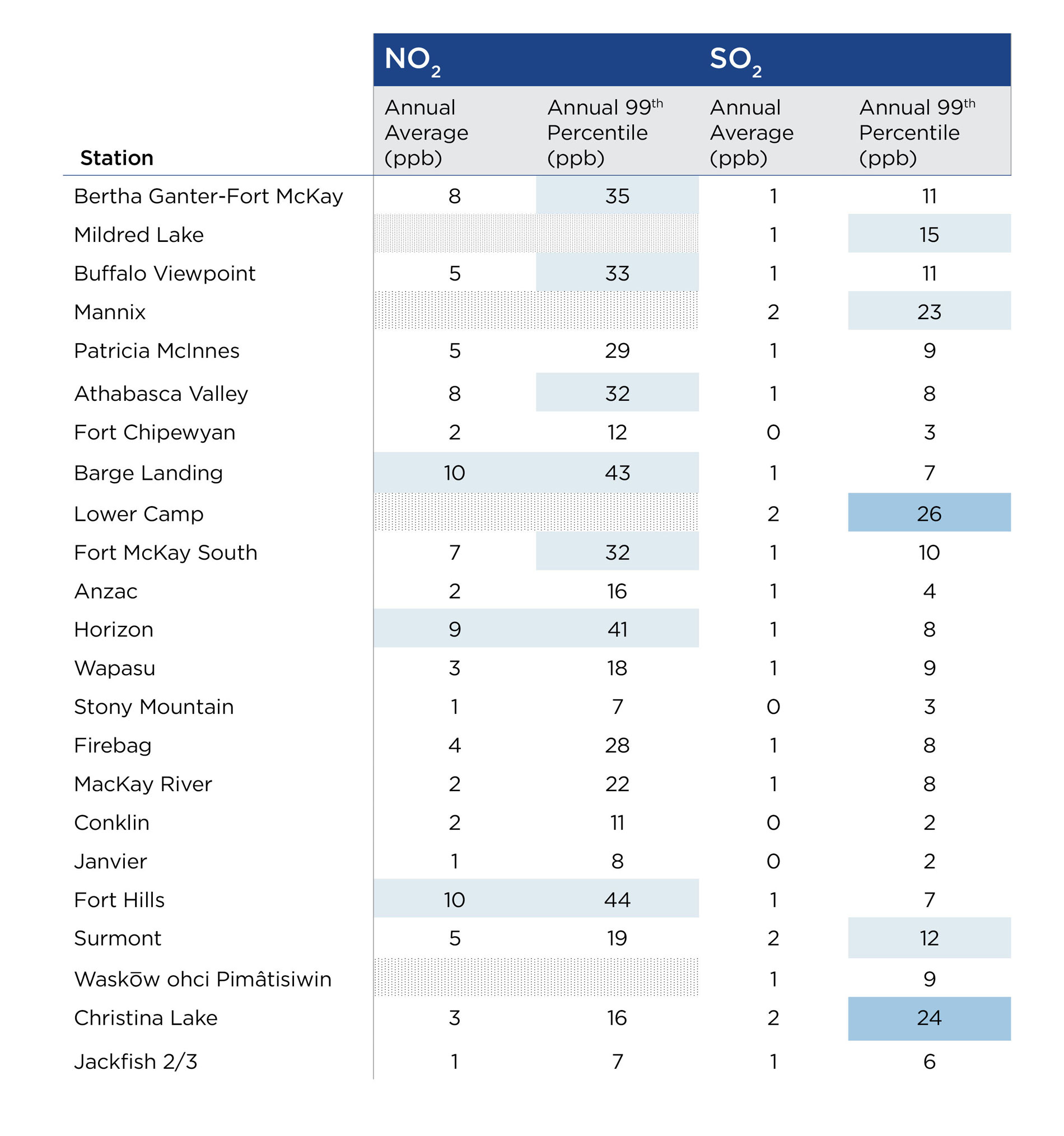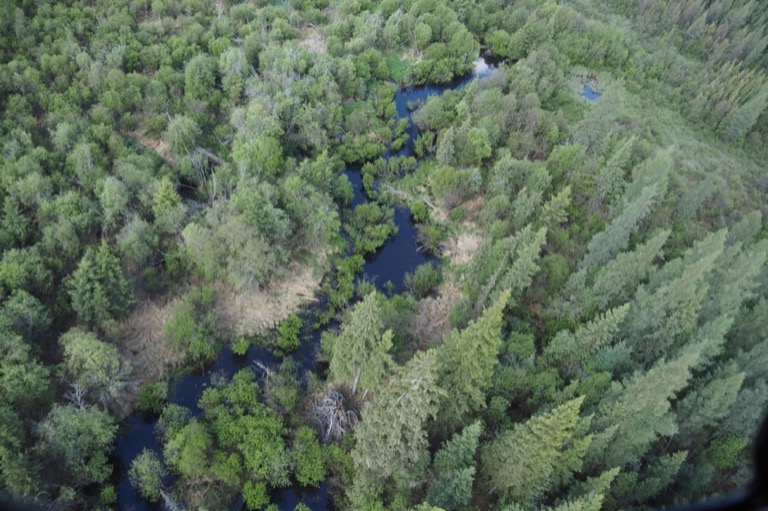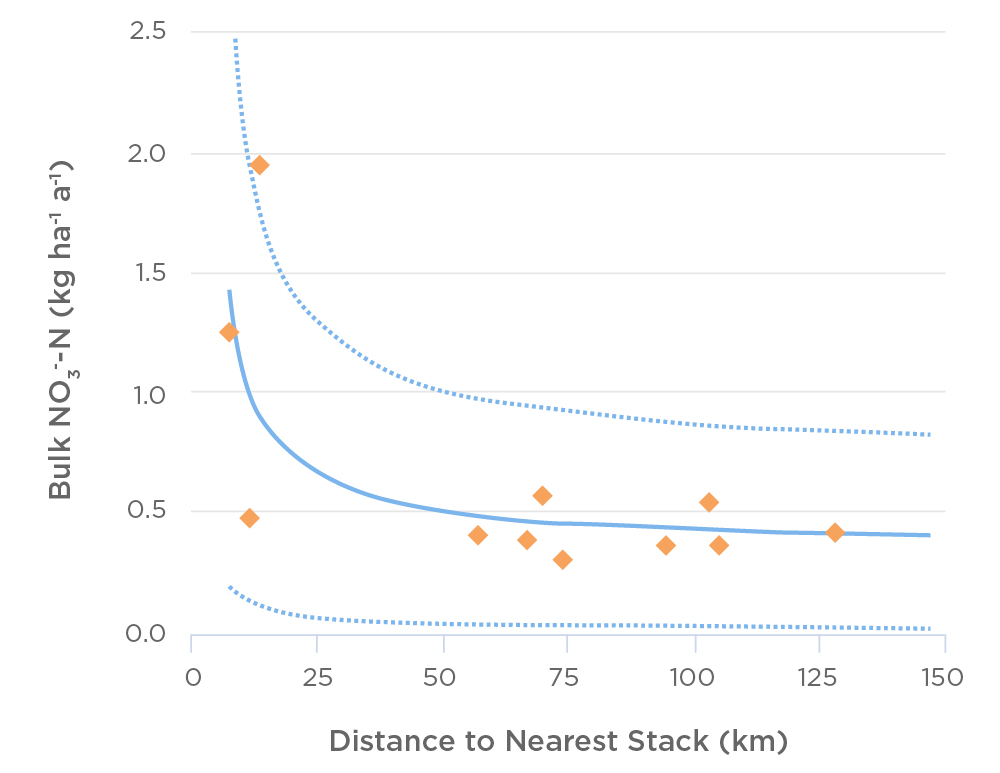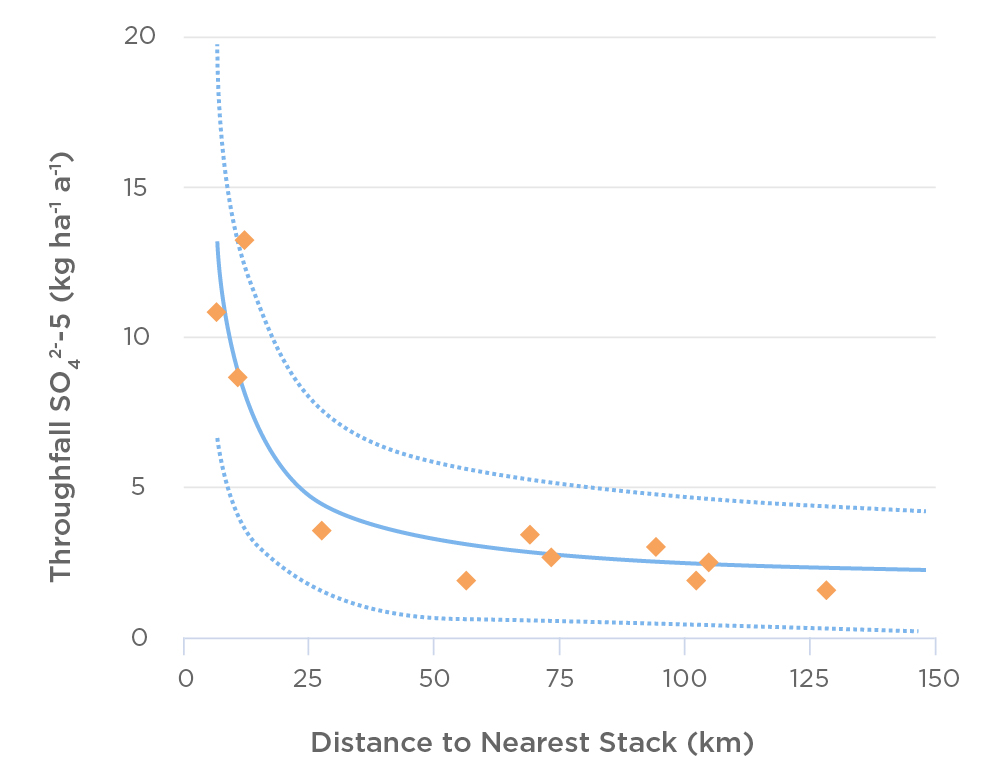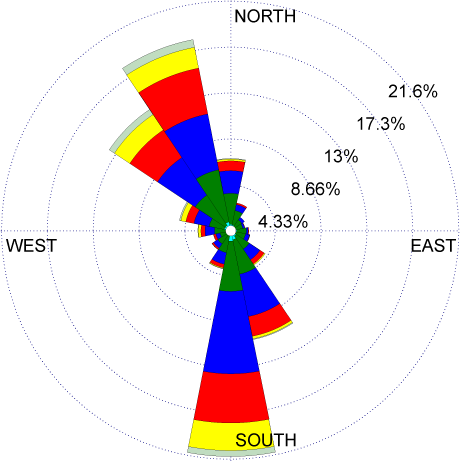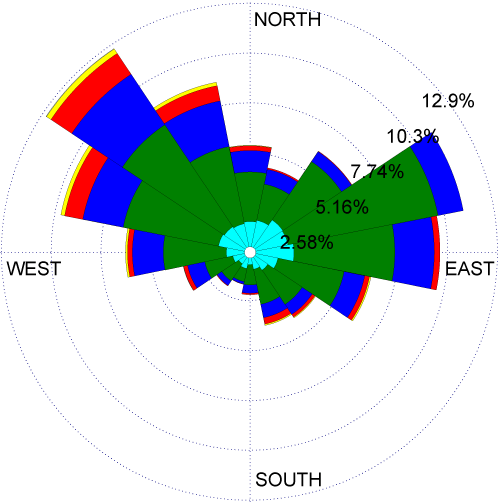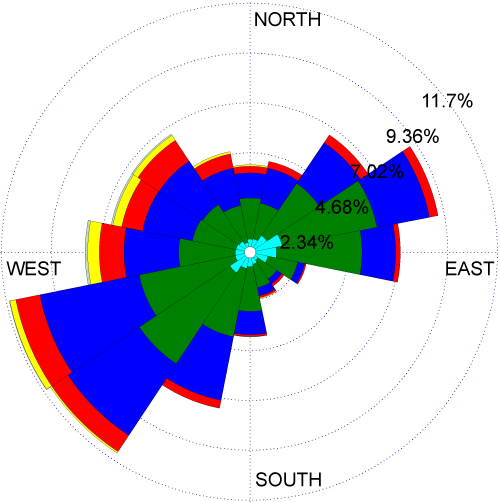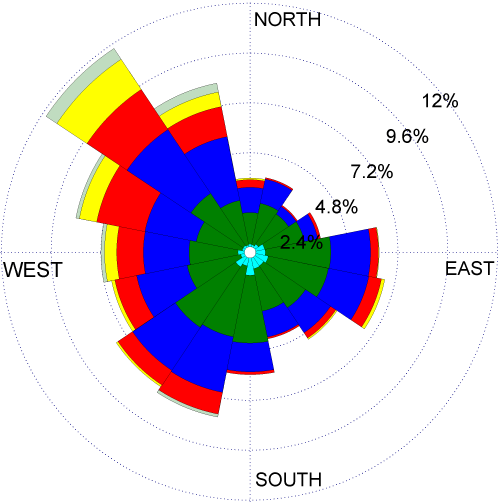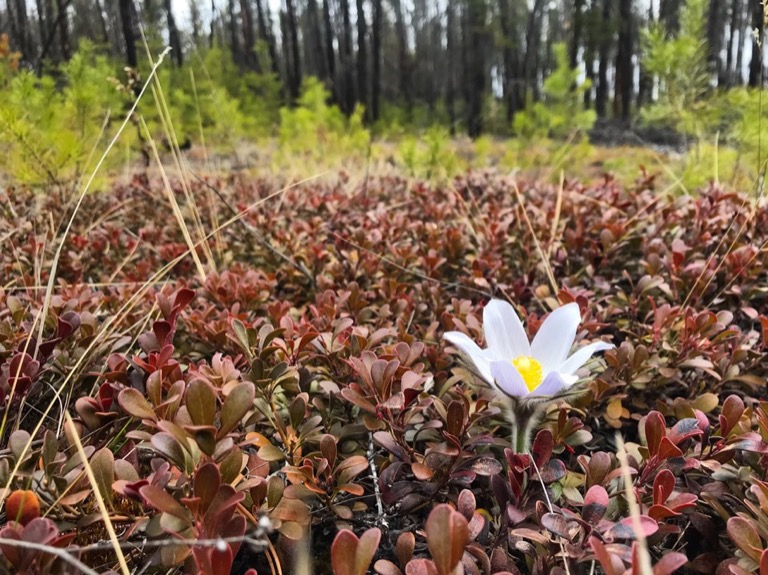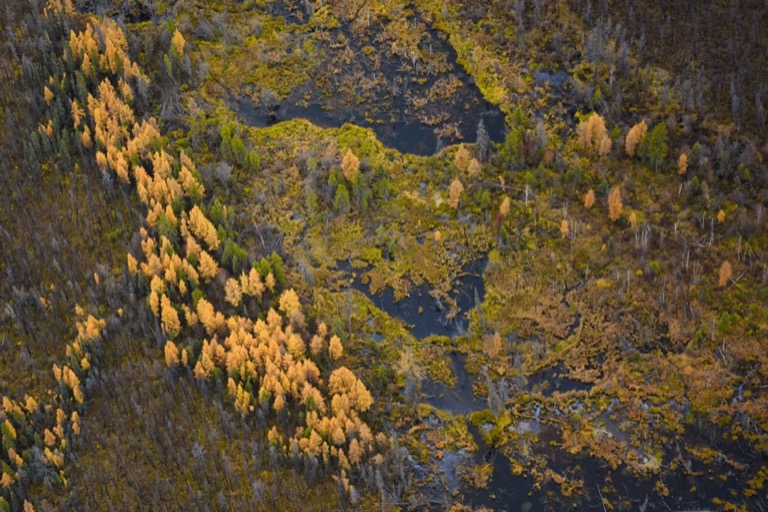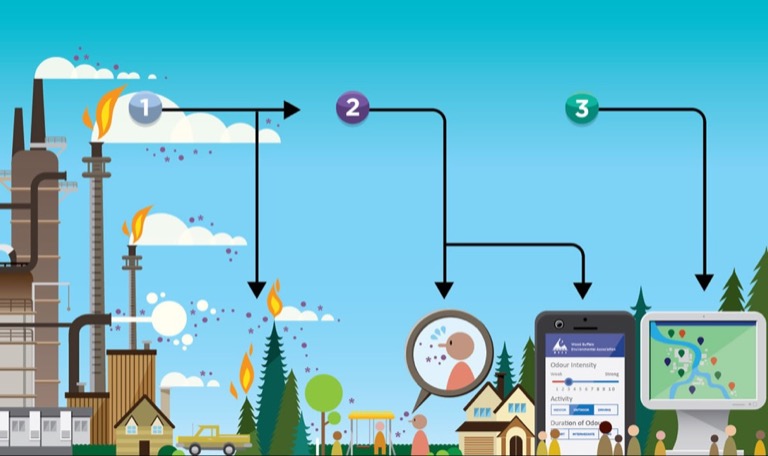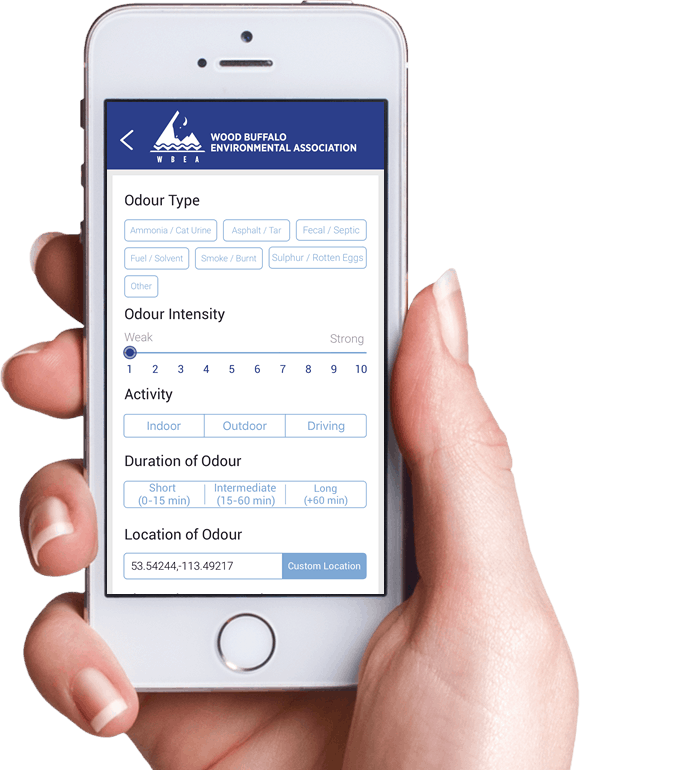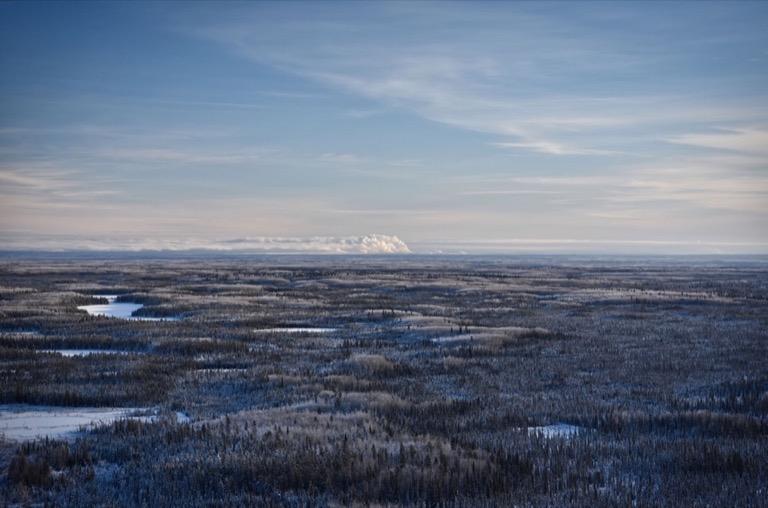Message from the President
As we look back over 2019, the Wood Buffalo Environmental Association (WBEA) has made several accomplishments, and the year marked several new beginnings for the WBEA. From moving to a new building; to anticipating the potential needs, wants, and requirements of a new provincial government; to dealing with funding timing that impacts the organizational capability, the WBEA has continued to deliver on its mission of providing high-quality air monitoring to the Regional Municipality of Wood Buffalo. In addition, the strength of being a consensus-based, multi-stakeholder organization is one that is recognized outside of our own membership. That strength is best realized when we have an engaged membership, whether through meeting or committee attendance and participation.
At the AGM in June 2019, for the first time in more than a year, the General Members Board was able to elect a full slate to the Governance Committee, and welcomed Simon Tatlow (Alberta Environment and Parks), Diane Scoville (Lakeland Métis Community Association), and Gillian Donald (McMurray Métis). Even for something as simple as achieving a quorum, having seven members of the Governance Committee has been a benefit, and I appreciate everyone’s time and dedication. In addition to new Governance Committee members, the WBEA added several new Member organizations, including H.J. Baker Sulphur Canada ULC, Lakeland Métis Community Association, Parsons Creek Aggregates, Mikisew Cree First Nation, and Athabasca Chipewyan First Nation. It is encouraging that the WBEA continues to see increased participation from its membership, as well as interest expressed from organizations to become members of the WBEA.
In March of this year, I received a tour of the WBEA Centre to see the renovations that will make the facility functional for sustaining the WBEA’s operations. During a tour of the facility in 2018, the Alberta Environment and Parks (AEP) Chief Scientist stated the WBEA Executive Director’s concept for the facility was “visionary.” It will be exciting to see how the use of the facility will support and strengthen relationships between the WBEA, its members, and our partners, as well as bring cost savings to the Association and its monitoring network. This endeavor is another example of the WBEA Leadership delivering on the 2017-2021 Strategic Plan goal of not just being good at the work we do but also being recognized as a leader. This is stepping outside the norm and making bold moves to get bold results.
The WBEA leadership understands there will always be a degree of uncertainty around potential changes to political, regulatory, economic, or environmental matters. Continuing to be an organization aligned on the goals we have to achieve, and how best to achieve them – while understanding associated risks to the business – will help position the organization to sustainably deliver quality results. Showcasing those results, as the WBEA has done, also puts the WBEA in a solid position to grow its scope, if that was ever an ask from any of our stakeholders and partners.
The WBEA worked through a Corporate Risk Registry, which will be reviewed quarterly by the Governance Committee. This is another step towards applying best practices in the organization. From a financial audit perspective, this year the WBEA issued a Request for Proposals to multiple companies and received several proposals. As a result, MNP LLP was retained for financial audit services for the 2019-2020 fiscal year. The WBEA’s Operations Leadership Team and the Governance Committee also participated in procurement training, which was a great business literacy opportunity.
Other initiatives advanced by the WBEA this year included a facility lease agreement with AEP for sharing the WBEA Centre with Community Based Monitoring programs for the OSM Program, and a business case for providing analytical services. Some of these initiatives bring sustainable and long-term cost savings to the WBEA. The WBEA has also continued to report on the progress of the 2017-2021 Strategic Plan, which has seen accomplishments by the operations and governance teams.
I would like to again thank all Member organizations and their representatives for their participation. I would also like to thank Sanjay Prasad and the Operational Leadership Team for the time spent, both in the region and outside, to promote not just the WBEA’s achievements, but also what we’re capable of delivering through further collaboration.
I look forward to another great year.

Cliff Dimm, WBEA President
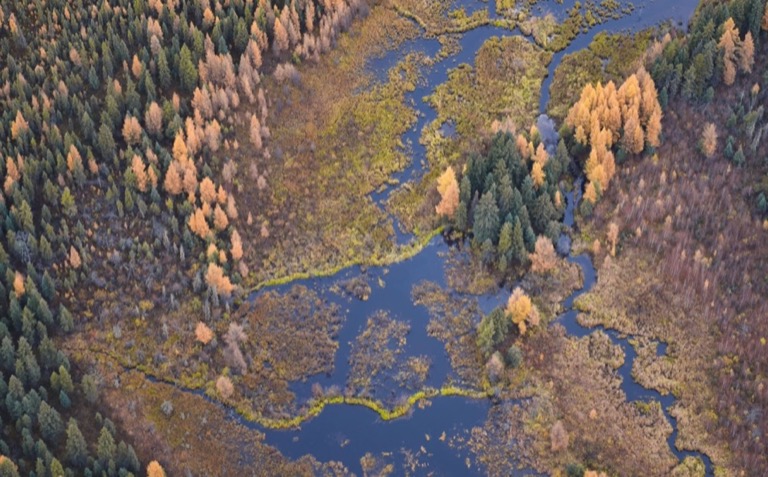




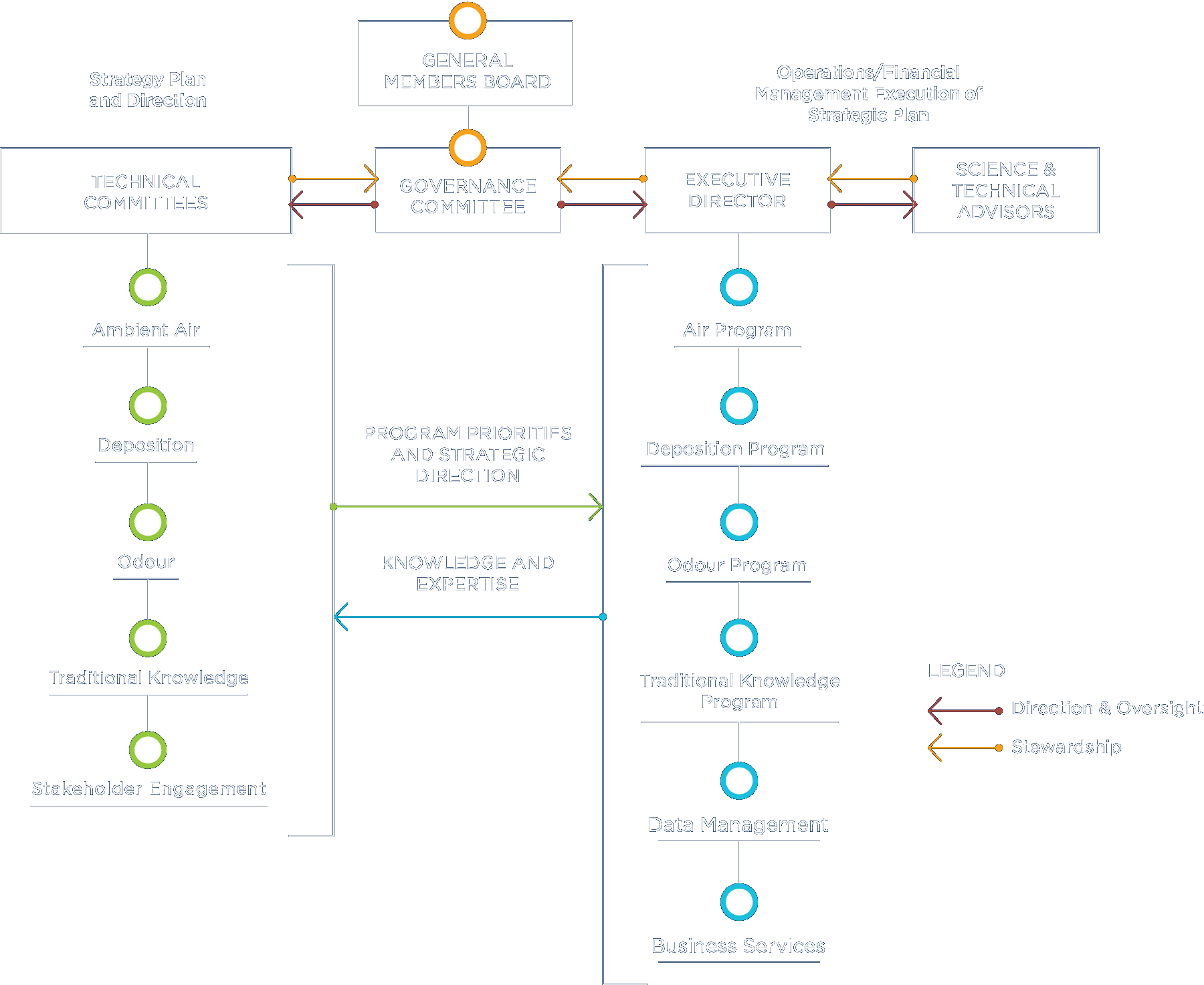


 All Stations
All Stations
 Continuous
Sites
Continuous
Sites
 Forest
Health Sites
Forest
Health Sites
 Passive
Sites
Passive
Sites
 Meteorology
Towers
Meteorology
Towers
 Portable Ozone Monitor
Portable Ozone Monitor
 Deposition Sites
Deposition Sites
 Active Air Sites
Active Air Sites
